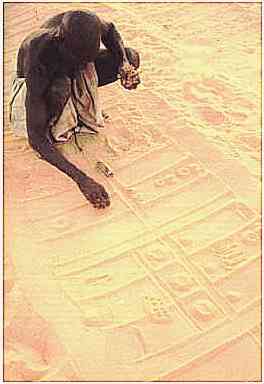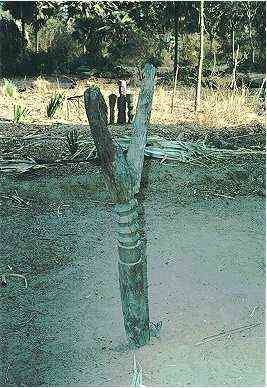
RELIGIOUS INNOVATION AND POLITICAL CONFLICT IN ZAMBIA
The Lumpa rising (index page)
Wim van Binsbergen

 |
RELIGIOUS INNOVATION AND POLITICAL CONFLICT IN ZAMBIA The Lumpa rising (index page) Wim van Binsbergen |
 |
|
When in January 1976, in response to a complex national and international crisis, President Kaunda of Zambia announced a state of public emergency, he in fact merely re-activated the dormant state of emergency that had been declared in July 1964 by the then Governor of Northern Rhodesia, in connexion with the rising of Alice Lenshina’s separatist church, commonly called ‘Lumpa’. in the rural areas of north-eastern Zambia the fighting between state troops and the church’s members had ceased in October 1964, leaving an estimated death toll of about 1,500. But the state of emergency (implying increased powers for the government executive) was allowed to continue. It was renewed every six months and lived through both the attainment of territorial independence (October 1964) and the creation (December 1972) of the Second Republic under the exclusive leadership of Kaunda’s United National Independence Party (UNIP). The Lumpa aftermath, including the continued presence of thousands of Lumpa refugees in Zaire just across the Zambian border was repeatedly cited as a reason for this continuation. Politically, the Lumpa uprising is thus a key event in twentieth-century Zambia history. More importantly even, it is an a key example of the religious and conceptual transformations taking place in the societies of South Central Africa as a result of processes of economic, political and ideological globalisation of the last few centuries. The present extensive web article presents a much cited argument which has had a recognized impact on African religious studies in the past 25 years. |
||
| click on the hyperlinks to access the various parts of this extensive paper | ||
| Part I. | The Lumpa problem | |
| Part II | The background of
religious innovation in Zambia
|
|
| Part III | Lumpa and its
development in rural north-east Zambia Religion and the state in modern Zambia: the problem of legitimation Conclusion |
|
| Part IV | Postscript: J.-L.
Calmettes’s contribution to Lumpa studies
Bibliography Archival materials consulted |
|
homepage | Part I | Part II | Part III | Part IV
| page last modified: 12-02-01 09:45:13 |  |
|||
 |